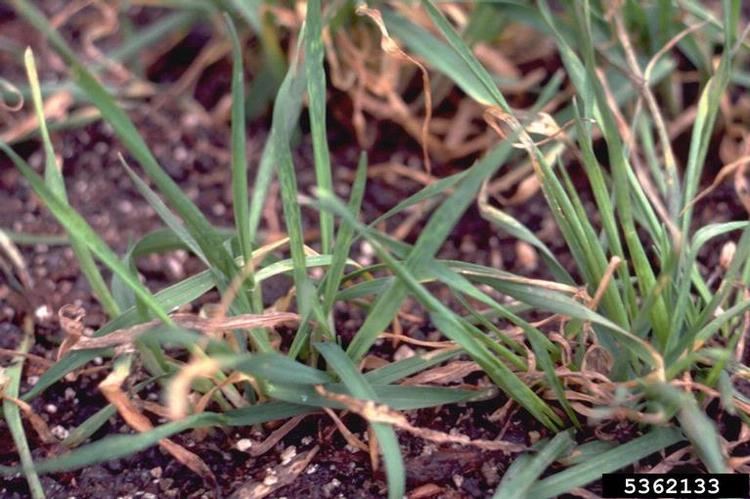Group Group IV ((+)ssRNA) Rank Genus | ||
 | ||
Similar Soil‑borne wheat mosaic vi, Tobravirus, Polymyxa graminis, Sobemovirus, Potato mop‑top virus | ||
How to pronounce furovirus
Furovirus is a genus of viruses, in the family Virgaviridae. Graminae, winter wheat, wheat, triticale, oat, sorghum bicolor, and plants serve as natural hosts. There are currently six species in this genus including the type species Soil-borne wheat mosaic virus. Diseases associated with this genus include: (SBWMV): green and yellow mosaic.
Contents
How to pronounce furoviruses
Taxonomy
Group: ssRNA(+)
Structure
Viruses in Furovirus are non-enveloped, with rod-shaped geometries, and helical symmetry. The diameter is around 20 nm, with a length of 260-300 nm. Genomes are linear and segmented, around 3.5-3.6kb in length.
Life Cycle
Viral replication is cytoplasmic. Entry into the host cell is achieved by penetration into the host cell. Replication follows the positive stranded RNA virus replication model. Positive stranded rna virus transcription is the method of transcription. Translation takes place by suppression of termination. The virus exits the host cell by monopartite non-tubule guided viral movement. Graminae, winter wheat, wheat, triticale, oat, sorghum bicolor, host, and plants serve as the natural host. The virus is transmitted via a vector (fungus). Transmission routes are vector.
